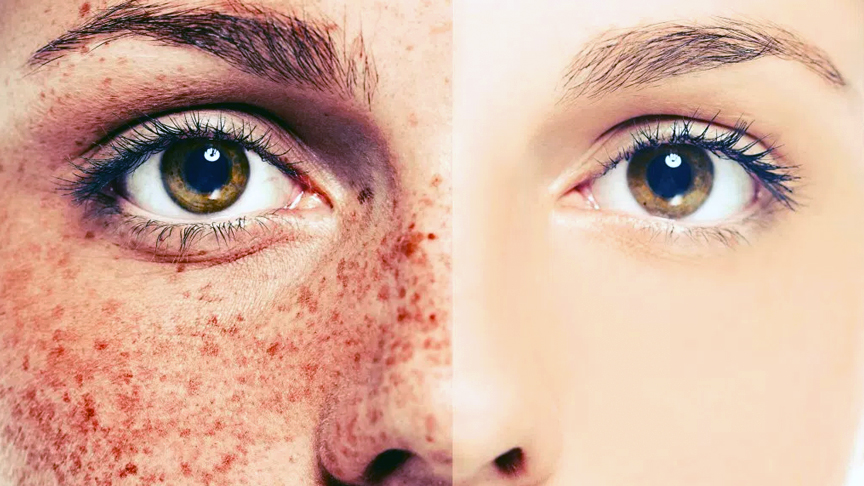Pigmentation refers to the coloration of tissues or substances due to the presence of pigments. In biology and medicine, pigmentation often refers to the natural coloration of skin, hair, eyes, and other bodily tissues. The color is determined by the type and amount of pigments present.
There are different types of pigments responsible for various colors in living organisms:
- Melanin: This is the primary pigment responsible for the color of skin, hair, and eyes in humans and animals. There are different types of melanin, including eumelanin (brown and black pigments) and pheomelanin (red and yellow pigments).
- Carotenoids: These are pigments responsible for the red, orange, and yellow colors in many fruits and vegetables. They are also present in the feathers of birds and the scales of some fish.
- Hemoglobin: This protein is responsible for the red color of blood. The amount and oxygenation of hemoglobin can affect skin color.
- Bilirubin: This pigment is responsible for the yellow color of bruises and jaundice. It is produced during the breakdown of red blood cells.
- Chlorophyll: In plants, chlorophyll is the pigment responsible for the green color. It plays a crucial role in photosynthesis.
Imbalances in pigmentation can result in various conditions. For example:
- Hyperpigmentation: This refers to areas of the skin that are darker than the surrounding skin. It can be caused by sun exposure, inflammation, or hormonal changes.
- Hypopigmentation: This is the opposite of hyperpigmentation and refers to areas of the skin that are lighter than the surrounding skin. Conditions like vitiligo, where the immune system attacks and destroys pigment-producing cells, can cause hypopigmentation.
If you’re looking to remove excess pigment in your skin, look no further and consult the expert team at Renew MedSpa to find a treatment that will give you the radiant and clear skin you deserve.

